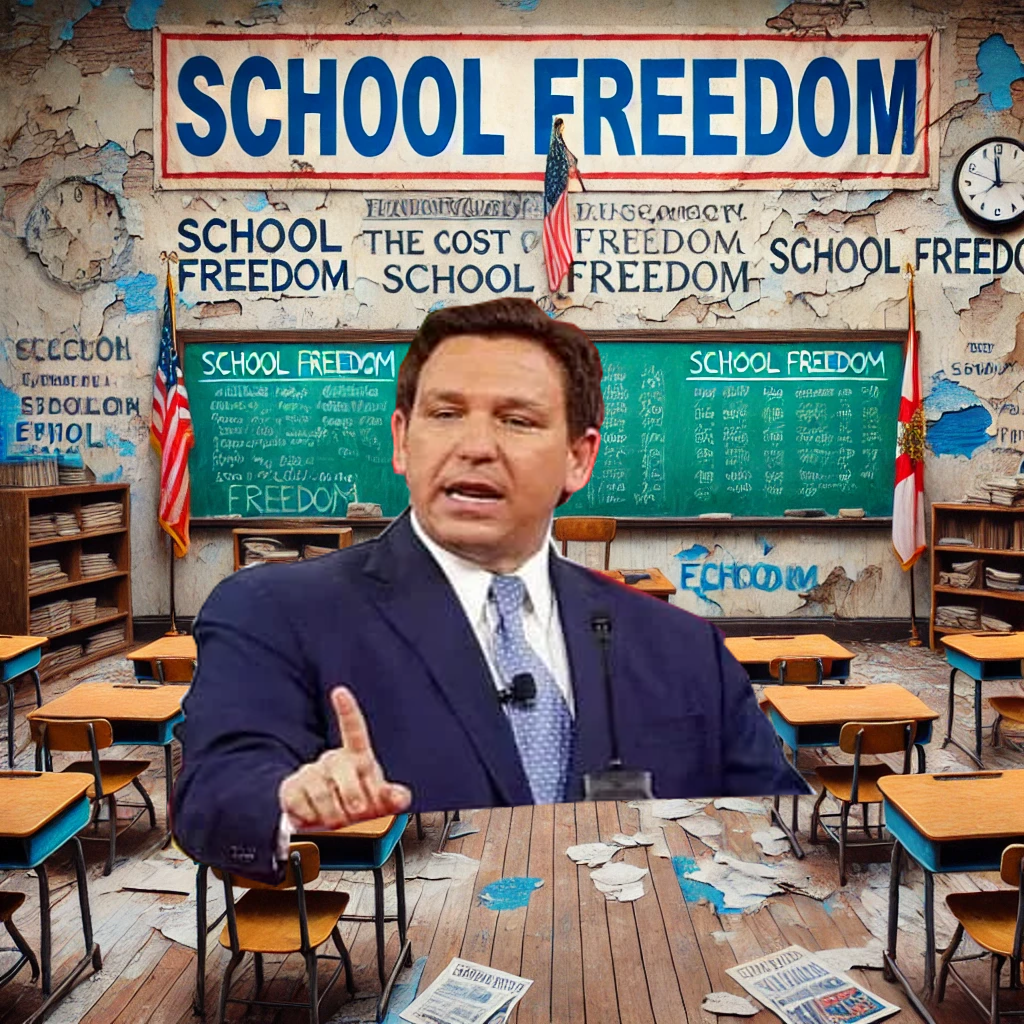In a recent press release, Governor Ron DeSantis celebrated Florida being ranked #1 in “Education Freedom” by the Heritage Foundation for the third consecutive year. This recognition is attributed to Florida’s policies promoting school choice, parental rights, and transparency in education. While the ranking might look like a triumph for Florida’s education system, a closer examination reveals that this “freedom” doesn’t necessarily translate into educational quality, and in many key areas, Florida’s K-12 system ranks near the bottom nationally.
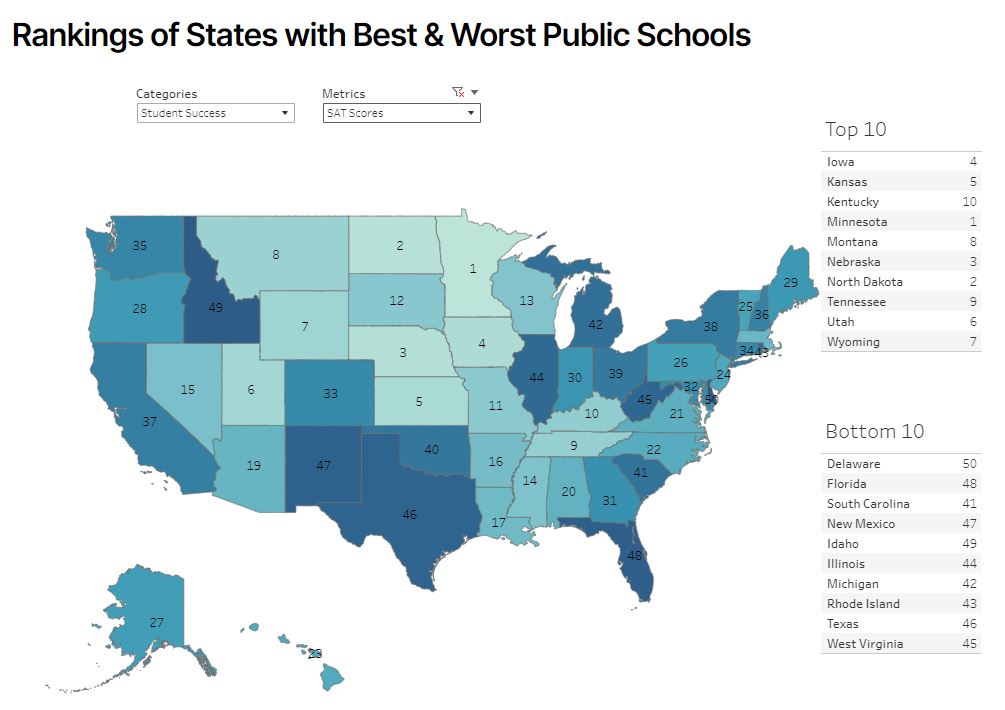
The Reality Behind Florida’s Education Rankings
Although Florida ranks at the top for “Education Freedom,” it ranks 42nd overall in the nation for K-12 education quality, according to broader assessments of state education systems. These rankings take into account crucial factors such as student performance, graduation rates, teacher salaries, and per-student spending, where Florida consistently struggles. Florida ranks 48th in SAT scores.
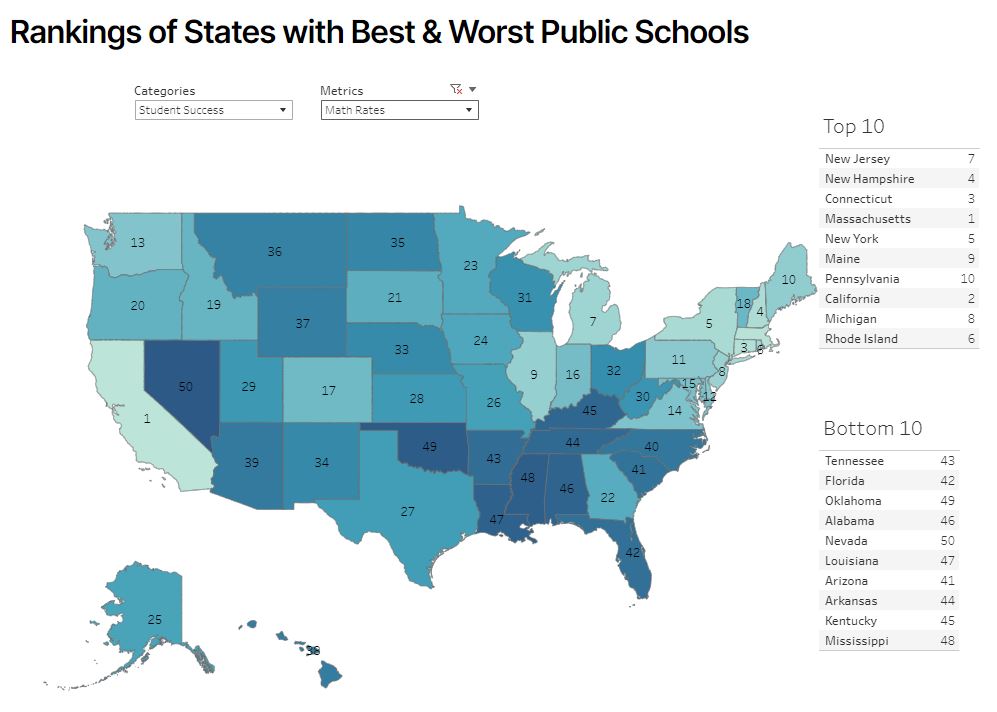
Contrastingly, states like New Jersey, Massachusetts, Vermont, Connecticut, and New Hampshire consistently rank among the top five in education quality. These states are known for strong student performance, safe school environments, and some of the highest investments in education, including teacher pay and per-pupil spending. Florida’s top ranking for “freedom” does little to alleviate its struggles in these core areas, raising questions about the effectiveness of its education model. Florida ranks 42nd in math scores.
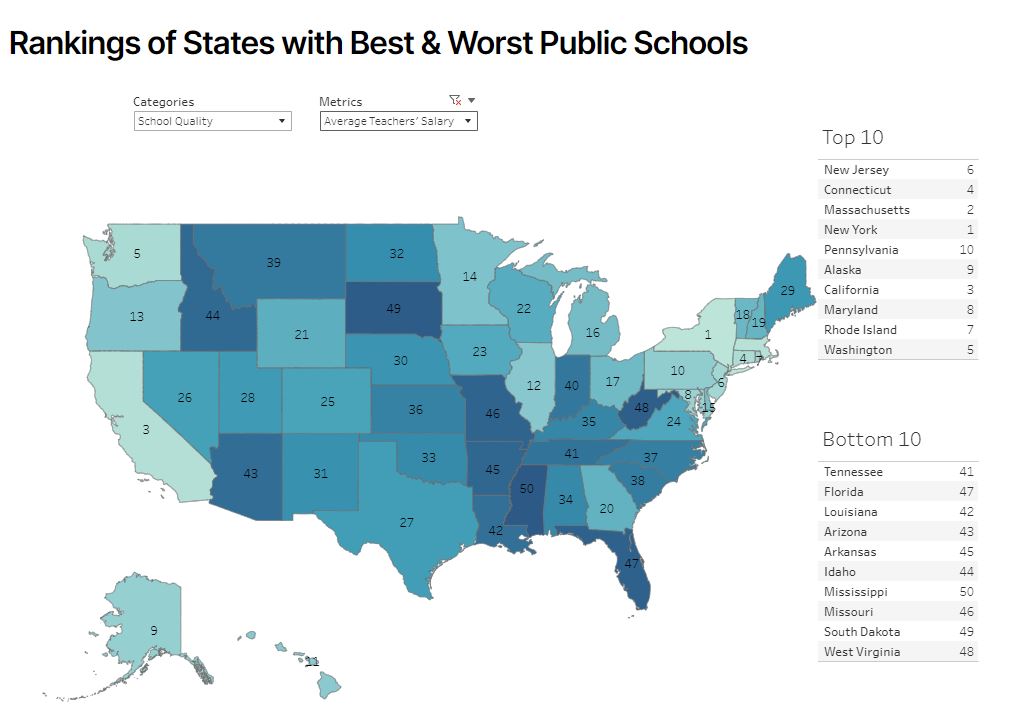
You Get What You Pay For: The Teacher Pay Problem
One of the most glaring problems facing Florida’s education system is its teacher pay. The state ranks 47th in the nation for average teacher salaries, which is significantly below the national average. While the state has made strides to introduce alternative pathways for entering the teaching profession, this has done little to retain experienced educators or improve teacher morale. Research consistently shows that well-compensated teachers lead to better educational outcomes for students. Florida’s low pay means it struggles to attract and keep highly qualified teachers, contributing to a high turnover rate and significant teacher shortages.
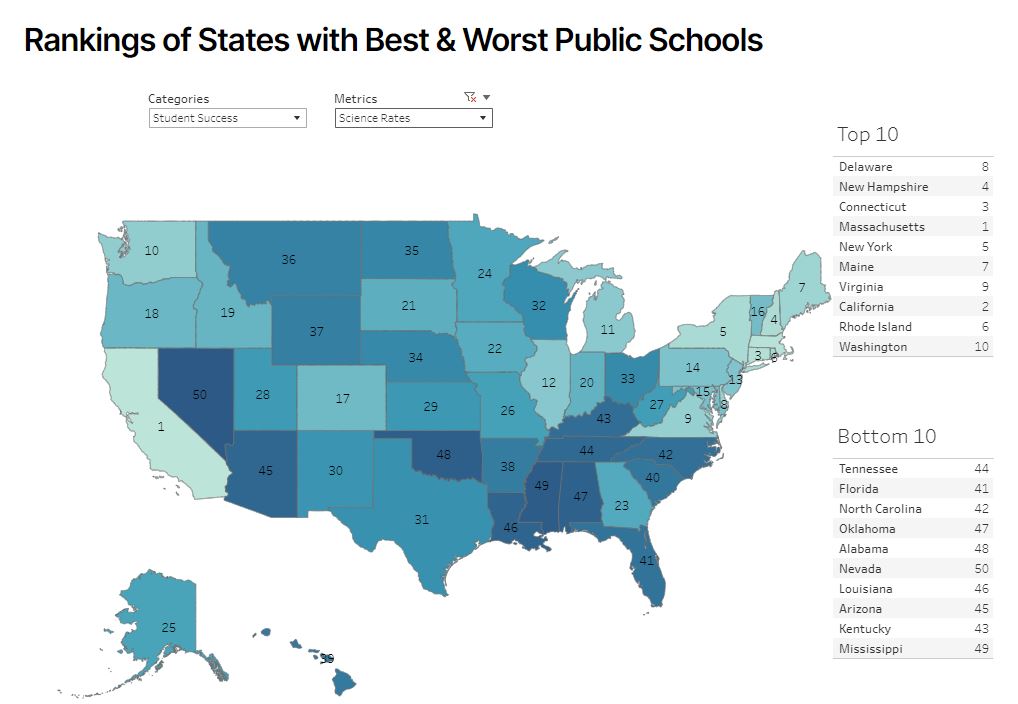
States like New Jersey, where teachers are better paid and supported, consistently outperform Florida in virtually all measures of educational success. Teachers in these top-ranking states are provided with resources and competitive salaries that allow them to focus on delivering high-quality education. Florida’s underinvestment in its teaching workforce leads to higher classroom sizes, lower teacher morale, and, ultimately, poorer student outcomes. Florida ranks 41st in science scores.
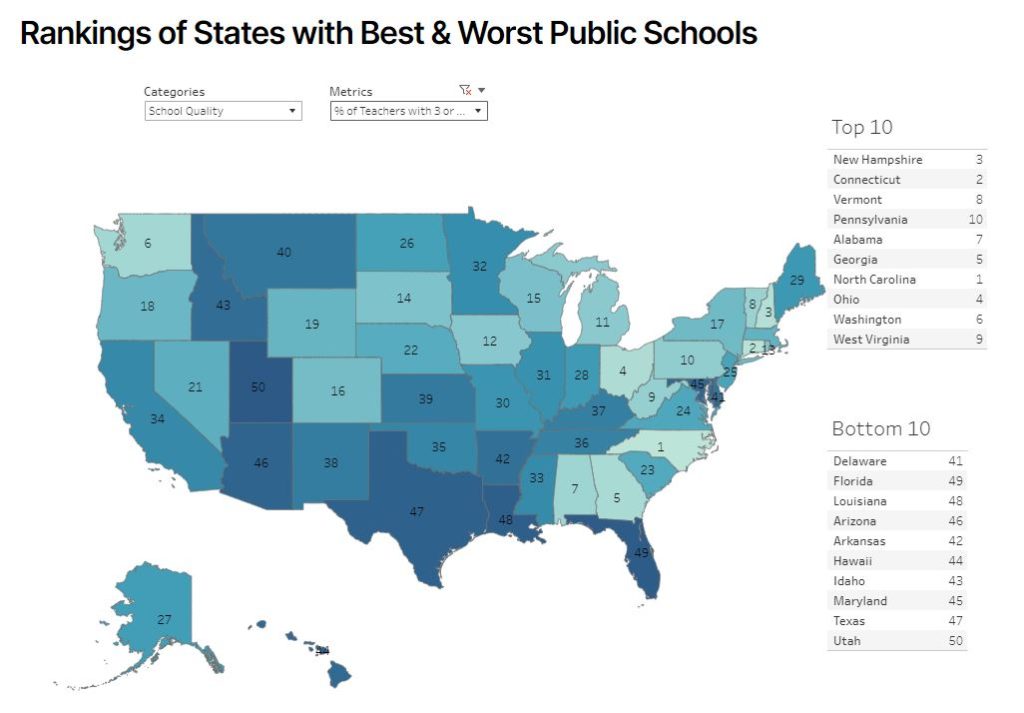
What “School Freedom” Means—and What It Doesn’t
The #1 ranking in “Education Freedom” focuses on Florida’s extensive school choice programs, which give parents the ability to direct public funding to private, charter, or homeschooling options. While choice might offer flexibility, it does not necessarily mean that students are receiving a better education. In fact, the data shows that Florida’s students perform well below average on national tests such as the NAEP (National Assessment of Educational Progress). Florida ranks 49th in teacher experience rankings.
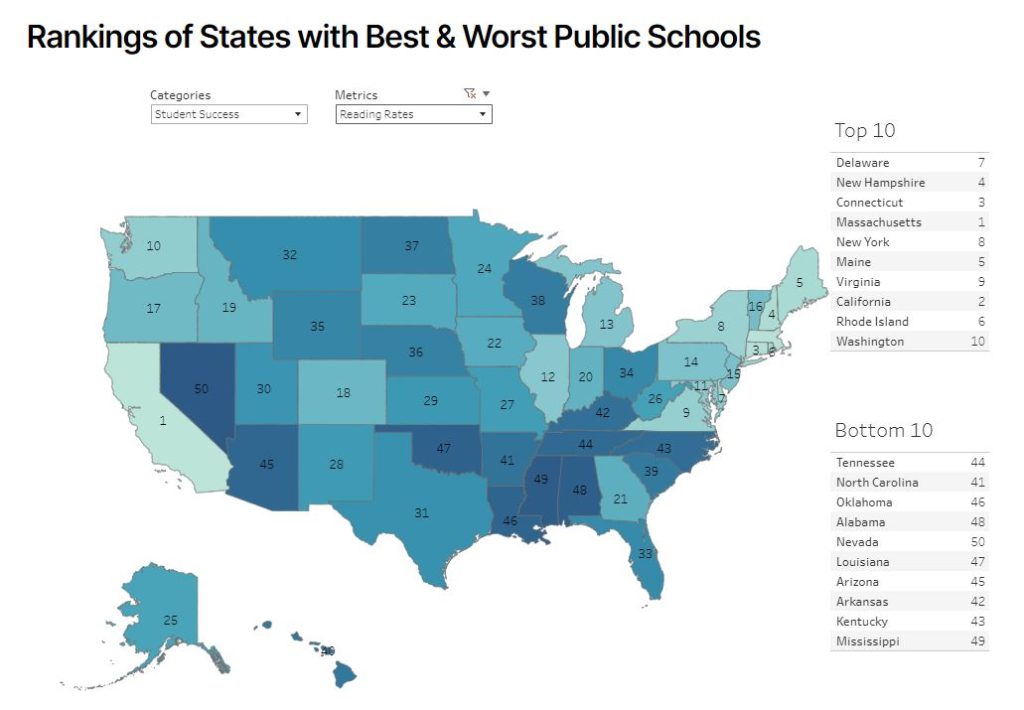
The state’s reliance on school choice, while beneficial for some, often leads to a fragmented system where resources are diverted from public schools, leaving them underfunded. This is especially problematic in low-income areas, where public schools are in dire need of support. By contrast, the states that consistently rank high in education quality focus on investing in public education systems, which serve the majority of students effectively. Florida ranks 33rd in reading, apparently DeSantis does want his constituents to be able to at least read his press releases.
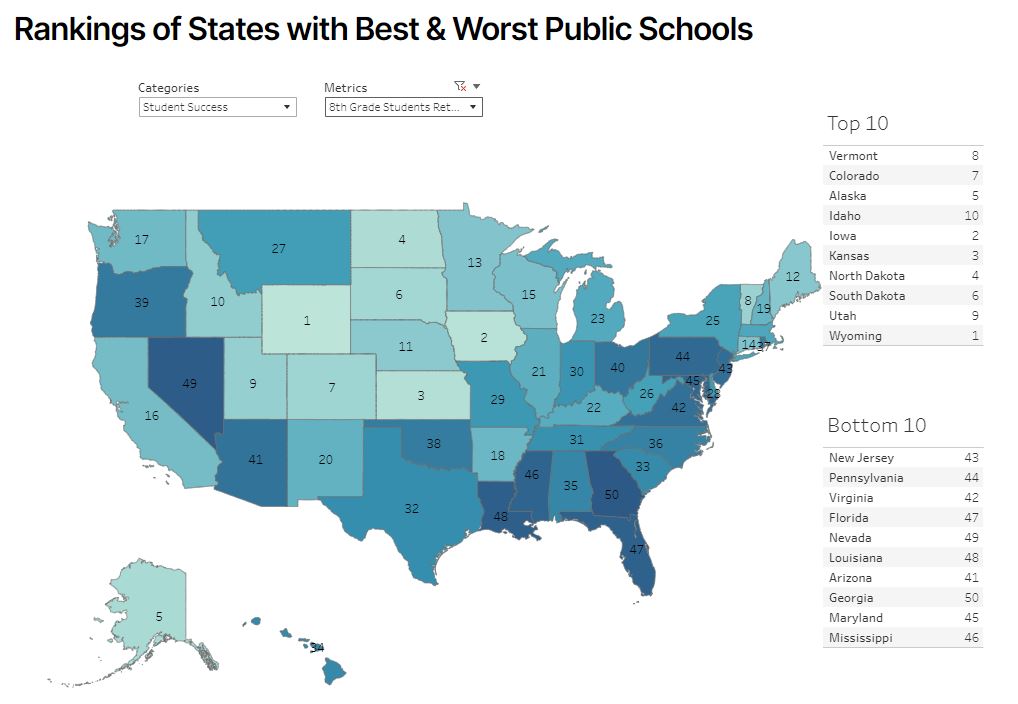
A Misleading Picture of Success
Governor DeSantis and the Florida Department of Education have been quick to tout their achievements in promoting school choice, but these policies don’t paint the full picture. While Florida may be ranked #1 for school freedom, it ranks 42nd in K-12 education overall, exposing a significant disconnect between the state’s policies and actual student success. Florida ranks 47th in the retention of 8th graders.
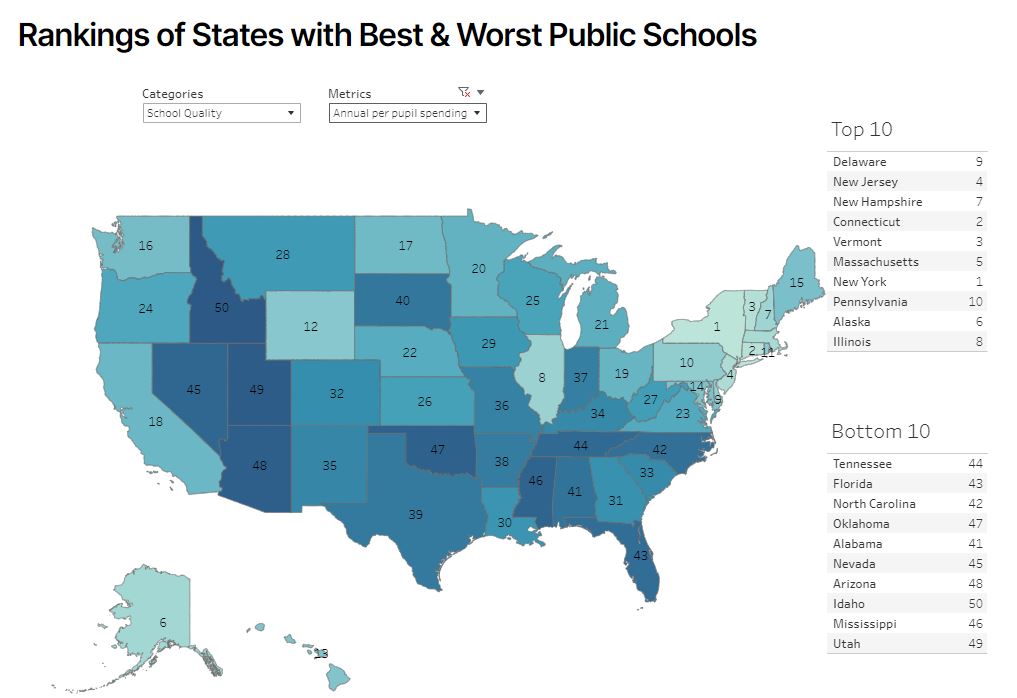
Ultimately, Florida’s approach underscores a fundamental reality: you get what you pay for. The state’s poor investment in teacher pay, public schools, and overall educational resources continues to have a detrimental effect on its students’ performance. As other states continue to lead the way by investing in both their public education systems and teachers, Florida’s focus on freedom without quality may not offer the long-term benefits that Governor DeSantis claims. Florida ranks 43rd in the nation in per pupil spending and the results show it.

